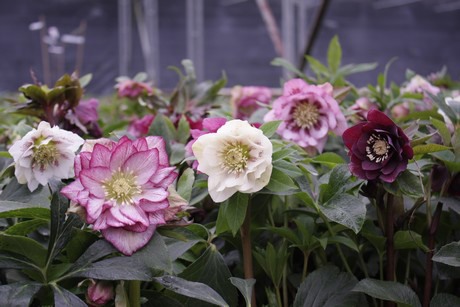
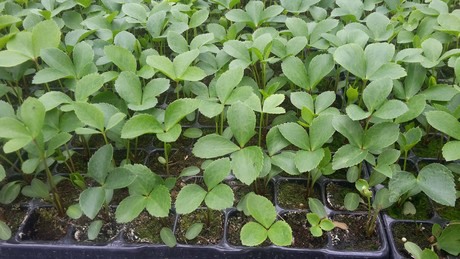
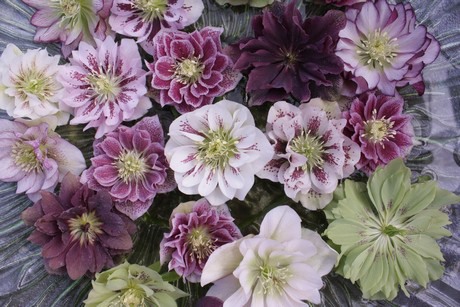
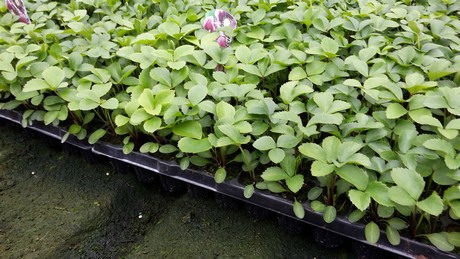
Ellen prefers growing and breeding her plants. "I prefer visiting customers to give crop advice over dealing with the paperwork. I like to outsource that to various agents. One is Fleurizon, and the collaboration is going very smoothly. I have known the organization for a long time and that's why we know what we have together."
For more information:
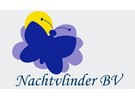 Nachtvlinder bv
Nachtvlinder bvEllen Akerboom
Paradijsweg 61
2461 TL Ter Aar
T: +31 (0)172-605018
F: +31 (0)172-605018
M: +31 (0)6-12873475
E: ellen@asters.nl
www.asters.nl
www.double-ellen.nl
